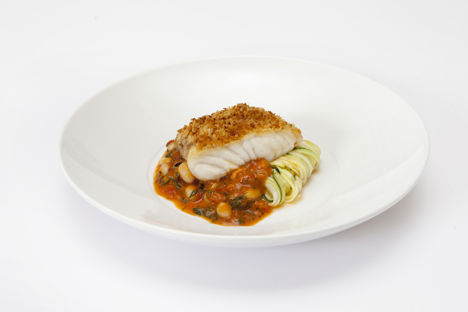Spiralizing vegetables has become fashionable recently due to its numerous health benefits. Gluten-free, dairy-free and vegan, spiralized vegetables are a great low-carb alternative to pasta, rice and noodles. These heavy carbs can be replaced by healthy vegetables in a number of salads, stir-fries and would-be pasta dishes.
What to spiralize
Large, firm vegetables lend themselves well to spiralizing, vegetables such as:
– Courgettes, carrots, beetroot, kohlrabi, celeriac, sweet potato, broccoli stem and cucumber.
– Firm fruits such as apple and pear also work well.
How to spiralize
There are a number of different gadgets out there which can be used to spiralize vegetables, the most popular type being a standalone structure. The vegetable is topped and tailed to have flat ends and inserted into the spiralizer. A handle is then turned which pushes the vegetable through sharp blades at the ends to create ribbons. It is possible to adjust the thickness of the ribbons by switching the blade depending on the desired result.
What to do with spiralized vegetables
Depending on what it is that has been spiralized there are different cooking methods. Courgettes, carrots, beetroot, cucumber and kohlrabi can all be eaten raw, added to salads or just dressed with a little olive oil and salt and served as a healthy side.
Potatoes and celeriac can be drizzled with oil and baked in the oven until crispy, or even deep fried – although this is not really a healthy option!
If using the courgette in place of pasta – a concept now known as courgetti – cook it in boiling water for a couple of minutes before topping with pasta sauce such as Bolognese or arrabiata.
Get in touch
Please sign in or register to send a comment to Great British Chefs.


